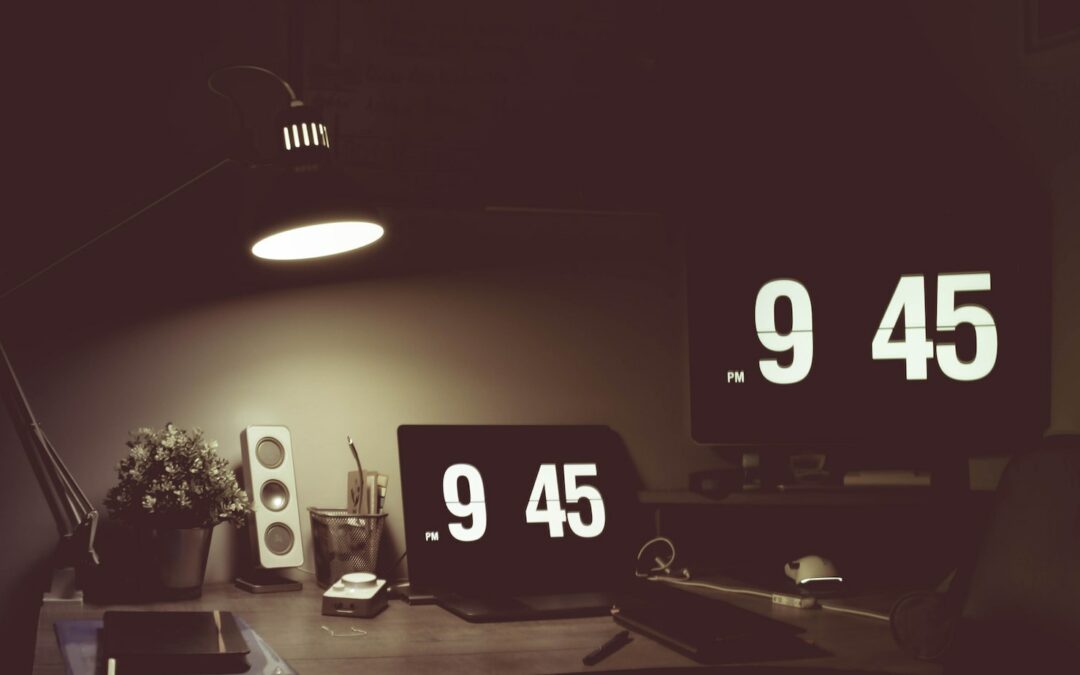Wondering about the time 19 hours ago? Well, I’ll provide a straightforward answer. Nineteen hours ago refers to the specific point in time that occurred before the current moment by a duration of 19 hours. It can be helpful to know this information for various reasons, such as tracking events or understanding past happenings.
To calculate the exact time that was 19 hours ago, you would simply subtract 19 hours from the current time. This allows you to pinpoint an accurate moment in the past and understand what was occurring at that particular hour. Whether it’s for personal record-keeping or historical analysis, knowing the time from 19 hours ago can offer valuable insights.
So, if you’re curious about events that transpired nearly a day ago or need to reference a certain timeframe in your discussions, understanding what time was 19 hours ago is essential. By calculating this interval correctly, you’ll have a clear understanding of when specific occurrences took place and be able to make more informed connections between different moments in time.
I hope this clears up any confusion about what time it was 19 hours ago and helps you navigate through your daily activities with greater ease and accuracy.
What Time Was 19 Hrs Ago
Time is a fundamental aspect of our existence, shaping our daily lives and providing us with a framework to measure and organize events. It’s an intangible force that governs the rhythm of the world around us. In this section, we’ll explore the concept of time and its significance in our lives.
The Nature of Time
Time can be defined as a continuous progression of moments, each flowing seamlessly into the next. It’s a dimension that allows us to perceive change, observe cause-and-effect relationships, and make sense of the world. While we often refer to time as something linear, it’s important to remember that its perception can vary depending on individual experiences and cultural perspectives.

Units of Time
To navigate through time effectively, we have established various units to measure its passage. These units include seconds, minutes, hours, days, months, years, and so on. Each unit provides us with a specific interval for organizing events or calculating durations.
The 24-hour Clock
One commonly used system for measuring time is the 24-hour clock format. This format divides a day into 24 equal parts, known as hours. Each hour is further divided into 60 minutes and each minute into 60 seconds. By using this standardized system, we can communicate exact timings without confusion or ambiguity.
Converting Hours Ago
When trying to determine what time it was a certain number of hours ago (such as 19 hours ago), you need to subtract that amount from the current time. For example:
- If it’s currently 2:00 PM:
- Subtracting 19 hours would give you 7:00 AM.
Remember that this calculation assumes a consistent flow of time without accounting for factors such as daylight saving changes or variations in different regions.
The Significance of Time Zones
As our world is divided into different geographical regions with varying longitudes, we have introduced time zones to synchronize activities across different locations. Each time zone represents a specific offset from Coordinated Universal Time (UTC), allowing us to coordinate schedules and communicate effectively on a global scale.
Understanding the concept of time is essential for organizing our lives, planning events, and making sense of the world around us. By grasping its nature, units, and how to calculate durations, we can navigate through life with greater clarity and purpose. So let’s embrace the flow of time and make the most of every moment we’re given.
Our super author here at Famous Parenting and an absolute wealth of knowledge. She has studied many topics including creative writing, psychology and journalism but her real passion lies in raising her 3 children. Between working from home, homeschooling her youngest 2 children and navigating the world of teenagers she is a guru for parents.





